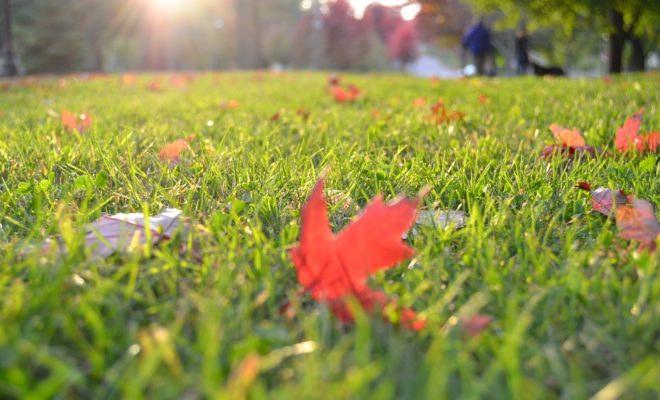Many of us love beautiful yards but are unsure on how to go about developing or maintaining them. In the fall and springtime, when temperatures are more moderate, it’s much easier to do so as well as try some new designs, ideas, and start to grow from there. Here are some tips on how to cultivate the perfect lawn, and radiant flower beds here in Texas that won’t have you sweltering in the summer, but rather sitting back and relaxing with minimal regular maintenance.
Lifestyle
Fall Landscaping Tips in Texas: Less Work for More Enjoyment
1. Use Native Plants & Create a Plan

Photo: Pixabay
Grab a sketch pad and pencil and do up a diagram of your existing yard, shrubs, and flower beds to see what space you have to work with. Ask yourself what look you want to achieve and what colors you prefer in the fall and spring. Then do some research. Look for native plant species that will help you achieve that look either online or at your local nursery. Choose plants that not only establish themselves quickly but also make use of less water. Also, consider planting trees. The best months for planting new trees are September, October, and November. In the autumn months, trees tend to concentrate on root growth in order to prepare their leafy, above-ground development in the spring.
2. Add Mulch & Compost to Soil Beds

Photo: Public Domain Pictures
The effective use of mulch and compost in your soil beds will go a long way toward providing the natural nutrients which are required by your plants, thereby reducing the need for extra fertilizer. They also help to reduce weed growth, and some organic mixes can increase water and oxygen retention as well as carbon-trapping. The best time for compost placement is in the spring, however, mulching can be done in the spring and fall to help protect the root systems of your plants.
3. Irrigate and Use Water Effectively

Photo: Pixabay
Use water systems which are low profile to ensure you’re waste of water is minimal and that the plants receive the majority of it. Be cognizant of plants that require greater amounts of water than others, and try to group them in the same locations. Rather than frequency, aim for an increased length of time in watering. And, finally, ensure your equipment is properly cleaned, functioning, and covering all areas for which water is required. Efficiency increases effectiveness.


